The monter au beurre technique
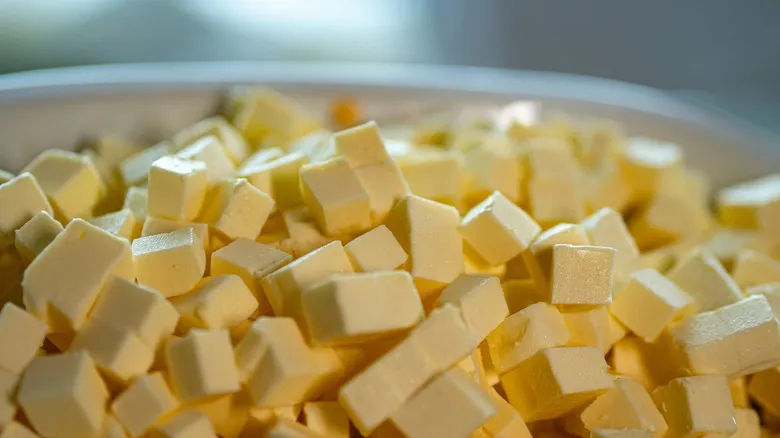
Monter au beurre will elevate your gravies, soups, and sauces to a luxurious, restaurant-quality level—whether they traditionally include butter or not. For instance, a hoisin, ponzu, and sriracha sauce intended for an Asian-style chicken dish may seem complete on its own. However, finishing it with cold butter makes a remarkable difference.
To master this technique, it's essential to use very cold butter and to incorporate it after removing the sauce from the heat. Prepare in advance by cutting butter into small cubes and placing them in the freezer to keep them chilled. (Using warm butter will cause it to melt into the sauce too quickly, preventing the desired effect.) Once your sauce is ready, take the pan off the heat. Retrieve the butter from the freezer and either whisk it into the sauce gently, one cube at a time, stirring until fully incorporated, or set the sauce-filled pan on a dish towel and add the butter, gently swirling the pan in circles on top of the towel to help melt the butter. You'll notice the sauce thickening slightly and gaining a beautiful sheen.
Avoiding the pitfalls
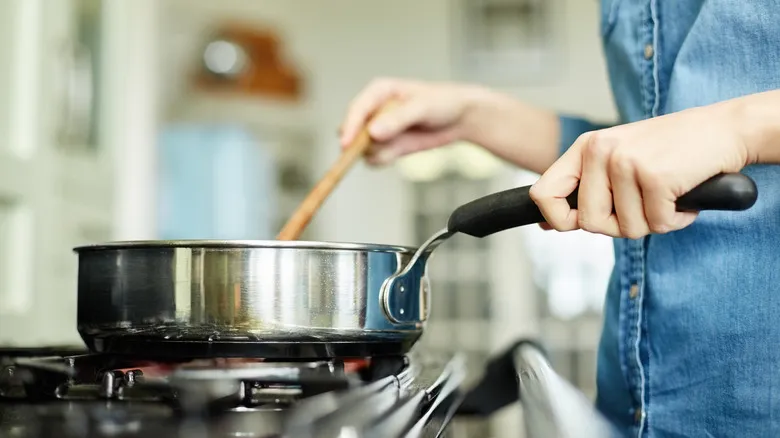
When cold butter meets warm sauce and is whisked or swirled together, it forms a delicate emulsion. If you’re not serving the sauce right away, keep it warm by placing it over a gently simmering water bath (bain-marie), ensuring the sauce doesn’t touch the hot water. Occasionally shaking the pan can help prevent a skin from forming on the surface.
Any leftover sauce made with a beurre monté finish should be covered and stored in the refrigerator, where it can last for several days.
To reheat an emulsified sauce that has been chilled, take your time. Rapid reheating can cause the sauce to split. The best approach is to gently reheat it using the bain-marie method, avoiding the microwave. If you choose to reheat it in a saucepan and the sauce does separate, remove the pan from the heat, add a few pieces of cold butter, and whisk vigorously. This should help lower the sauce's temperature and re-emulsify it. However, be cautious not to add too much butter, as it can alter the flavor balance and turn the sauce into a butter sauce, which is not the desired outcome.
Recommended
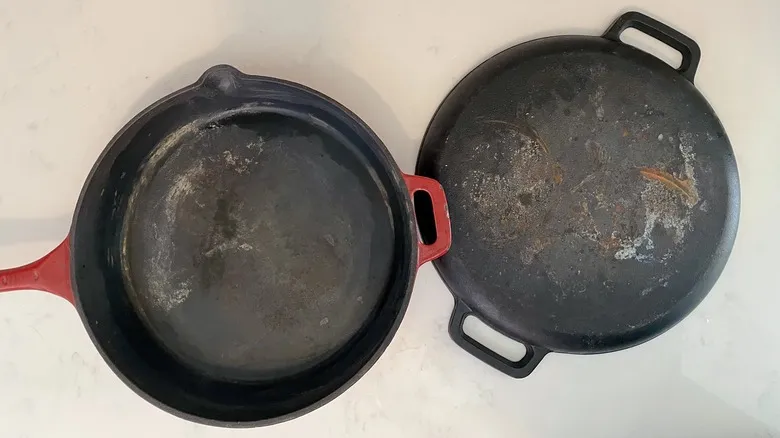
How To Season A Cast Iron Pan, New Or Old
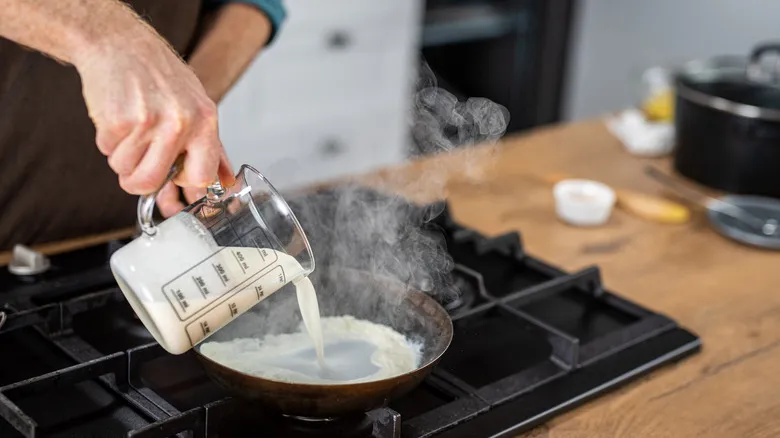
The Simple Tip For Evaporating Your Own Milk

Are Metal Utensils Safe To Use On Cast Iron?
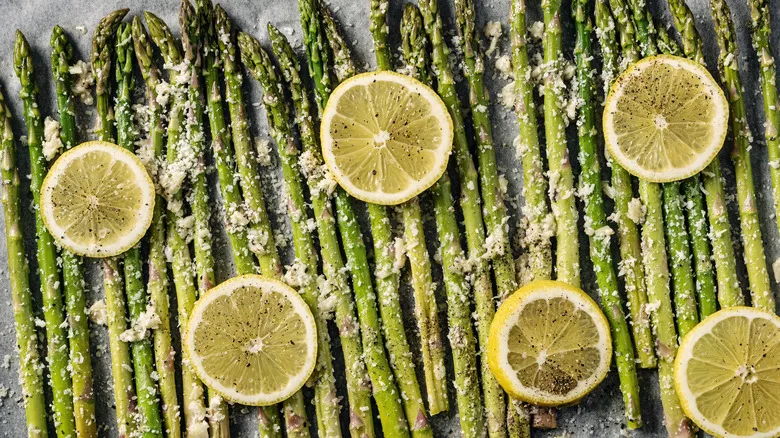
13 Mistakes Standing Between You And Perfect Asparagus
Next up

